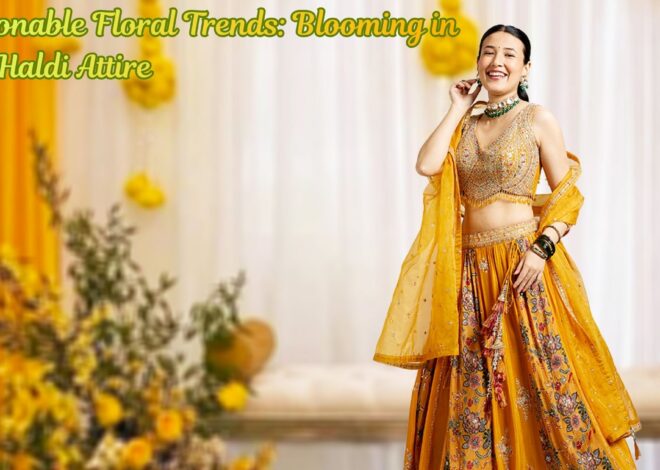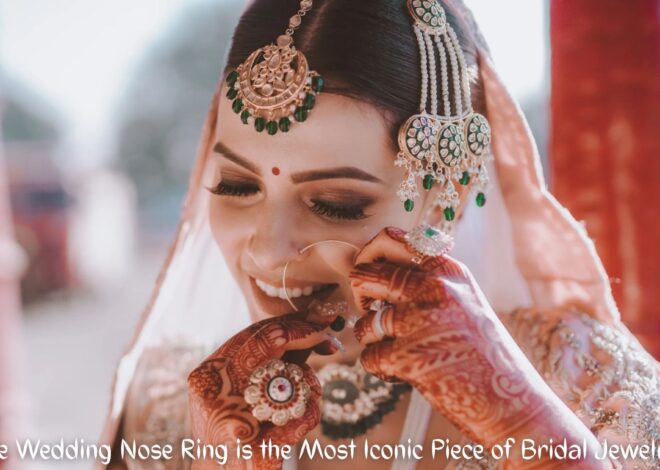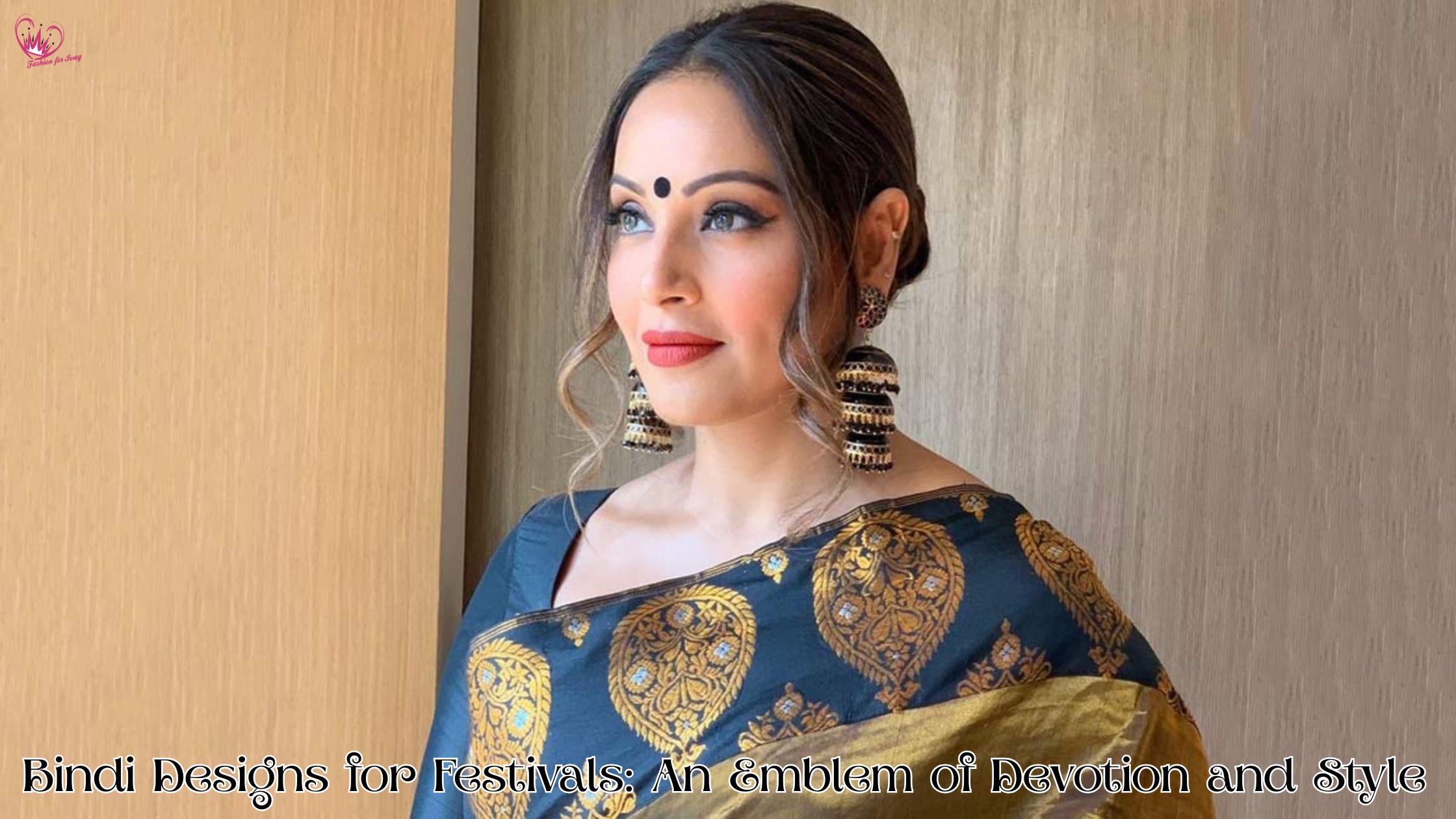
Bindi Designs for Festivals: An Emblem of Devotion and Style
The bindi is arguably the most recognized and profound accessory in Indian culture. More than a simple cosmetic mark, the bindi, traditionally worn on the forehead, is a powerful symbol associated with ancient spirituality, social identity and dynamic fashion. Derived from the Sanskrit word ‘bindu’ meaning “point” or “point”, the bindi takes center stage during festivals, transforming from its everyday simplicity to elaborate, intricate designs that enhance the festive spirit.
For grand occasions like Diwali, Navratri, or Eid, the choice of bindi is important.3 It is the final flourish that completes an ensemble by combining the wearer’s outer style with the auspiciousness and inner devotion of the festival. Understanding the symbolism, types of designs and the art of styling is the key to celebrating with grace and authenticity.
The Spiritual and Cultural Core
The bindi’s place is at the center of its significance, which directly aligns with the core principles of Hindu philosophy. It is located in the space between the eyebrows, which is identified as the location of the Ajna Chakra or ‘third eye’.
The Third Eye and Divine Energy
In yogic philosophy, the Ajna Chakra is considered the seat of spiritual awakening, intuition and inner wisdom. Wearing a bindi is believed to increase the power of this chakra, acting as a protective seal and a constant reminder to focus one’s energies toward spiritual enlightenment. This is the invisible eye through which a person sees God.
Historically, the traditional red bindi, made of kumkum (sindoor paste), symbolized several powerful concepts:
- Auspiciousness and Fertility: The color red is strongly associated with Goddess Shakti, the ultimate feminine energy, symbolizing love, prosperity and vitality.
- Marital Status: Traditionally, the red bindi marks a married Hindu woman, symbolizing good fortune and the blessings of her union. 9 While modern practice has relaxed this rule, making the bindi accessible to women of all ages and marital status for cultural and fashion reasons, the red bindi remains deeply auspicious.
- Traditional Materials: The earliest forms, known as tilak, were applied during Vedic rituals using natural materials such as kumkum, saffron, sandalwood paste or ash, with each substance holding specific sacred meanings.
When bindi is worn during festivals, it goes beyond fashion; It is a clear declaration of faith, culture and readiness to absorb the spiritual energy of the occasion.
Festival Bindi Design Categories
The modern market offers an incredible variety of bindis, which primarily use skin-friendly, self-adhesive materials embellished with velvet, crystals and metallic accents. These can be grouped into traditional classic designs and contemporary embellished styles, designed for the high theatricality of festive wear.
1. Traditional Classics
These designs are steeped in regional customs and are often preferred for religious ceremonies and traditional rites:
- Bold Red and Maroon Bindi: Original in deep red or deep maroon, the round bindi remains the gold standard for every major festival from Diwali (symbolizing wealth and Lakshmi puja) to Navratri (honoring Durga). Its simplicity is timeless, conveying profound traditional elegance.
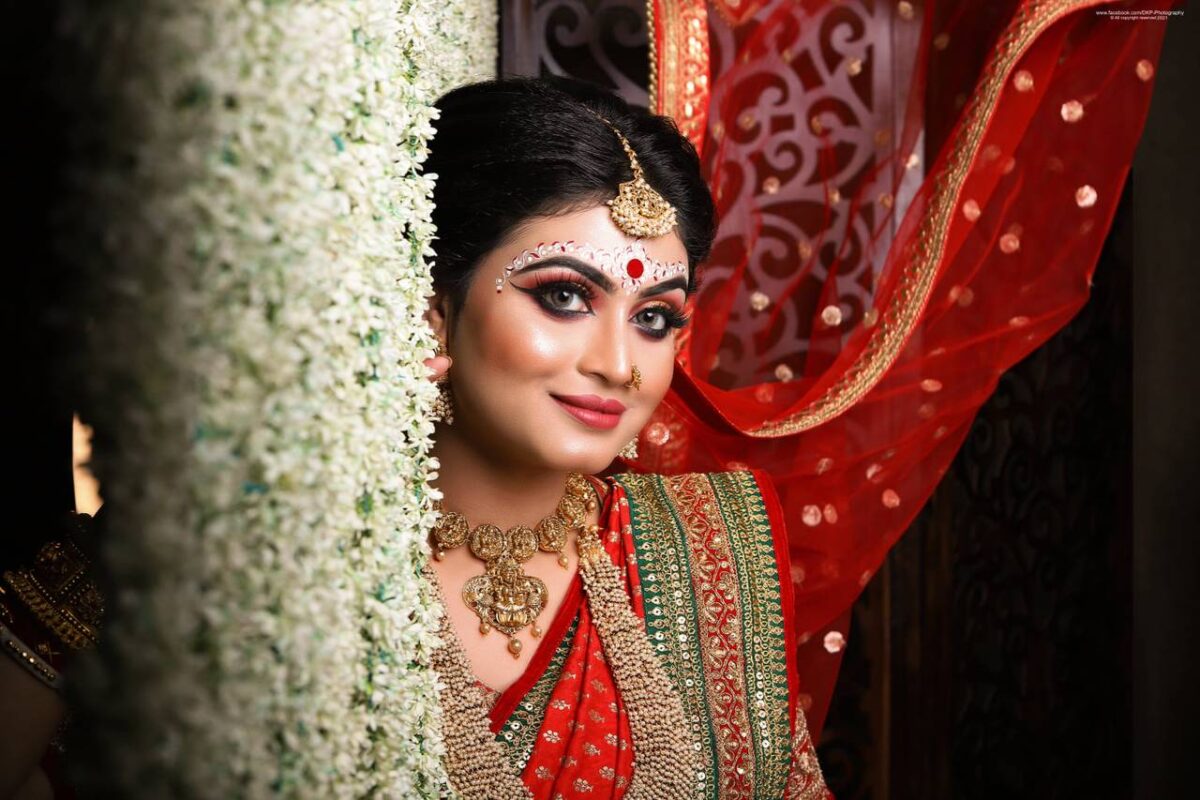
- Crescent Moon (Chandra Bindi): Popular in states like Maharashtra and Gujarat, this bindi style has a delicate half-moon shape, often with a small dot at the top or bottom. It matches beautifully with traditional regional attire, adding a touch of romance and distinct cultural identity.
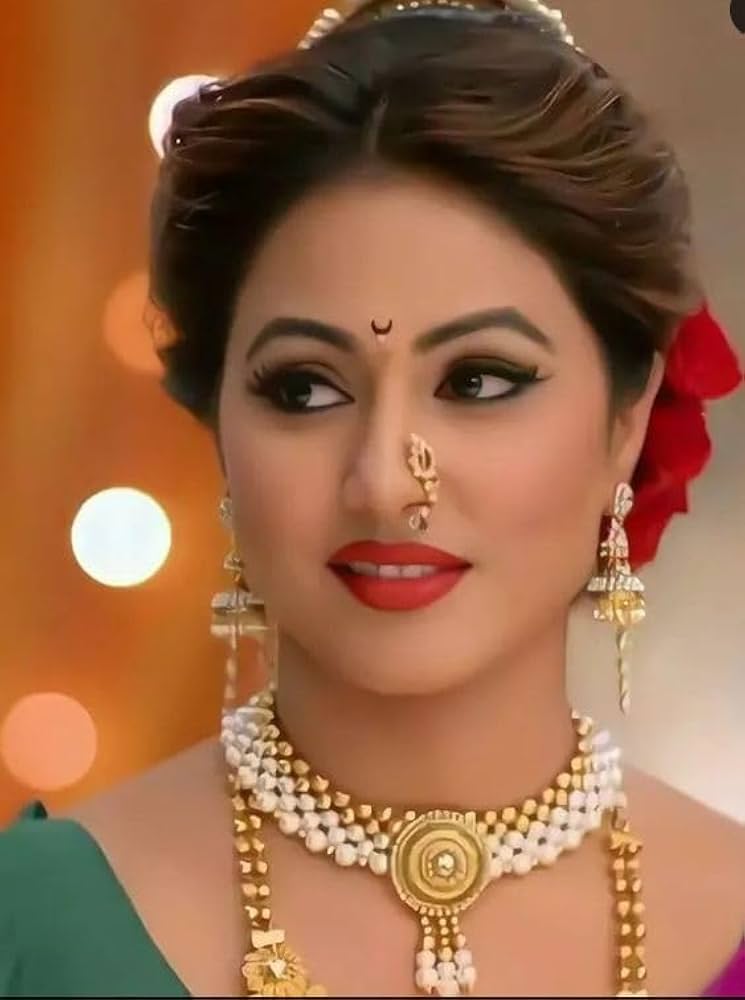
- Chandan Bindi: Mainly seen during Durga Puja celebrations in Bengal, this design is intricate. It consists of a central red dot, which is then surrounded by intricate, decorative patterns – often drawn in white (sandalwood paste) and red – which may extend to the forehead. The design is highly artistic and region-specific.
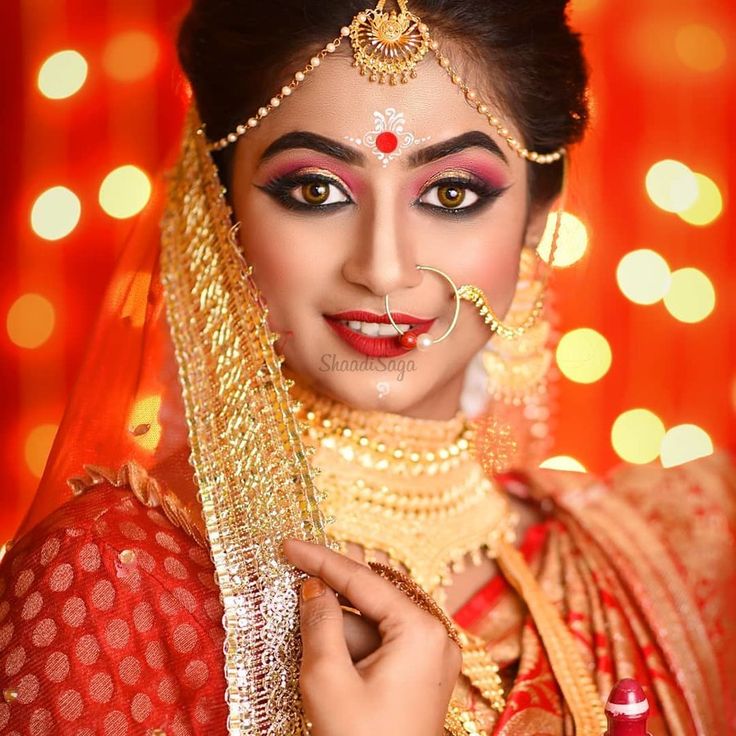
- Long/vertical bindi: A sophisticated design that uses a long, vertical line or tear-drop shape. This style is closely associated with South Indian bridal and temple aesthetics, favoring a sleek, linear elegance in width.
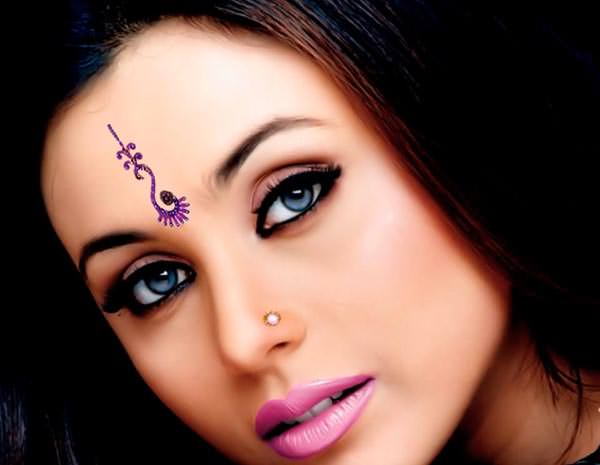
2. Ornate and Modern Styles
These designs embrace colour, sparkle and contemporary trends, making them ideal for festive celebrations and celebratory nights:
- Stone-studded and crystal bindi: The epitome of festive glamour. These self-adhesive bindis are adorned with crystals, kundan stones, glitter and elaborate gold or silver borders. They are essential for occasions like Dandiya/Garba nights during Navratri or the glow of a Diwali party, where their purpose is to catch the lights and create a dazzling focal point.
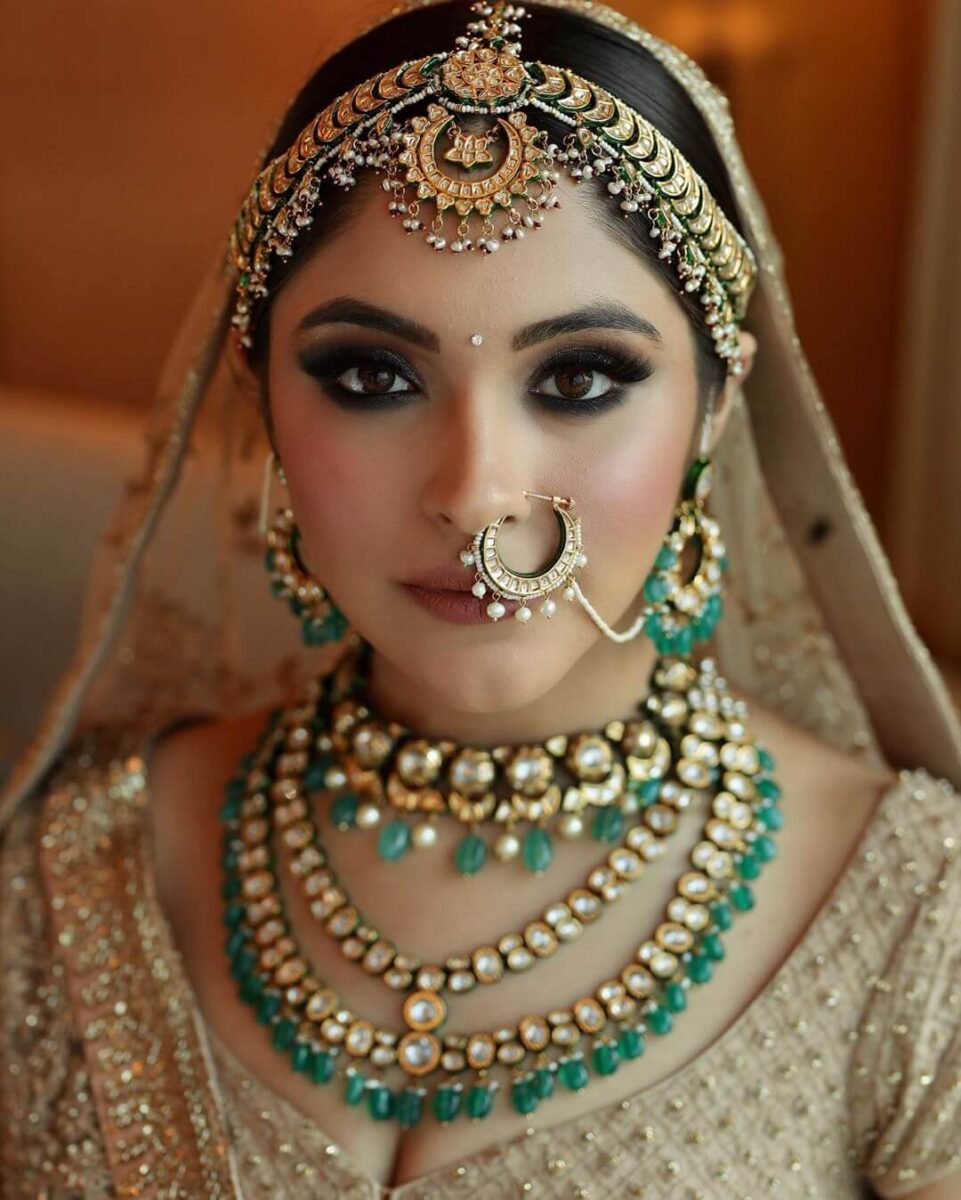
- Layered and tiered designs: For a bold statement, bindis are often designed in layers, where a larger central piece is complemented by smaller, often teardrop-shaped bindis on the top and bottom. This creates a multi-element arrangement that allows for greater complexity and can be easily matched with heavy festive jewellery.
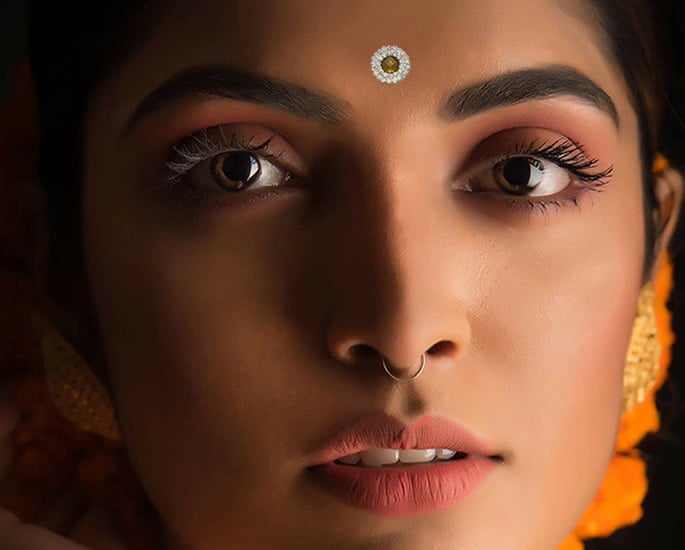
- Metallic bindis: Solid or textured bindis in gold, silver, or bronze shades are popular for achieving a luxurious, monochromatic look. They match perfectly with elaborate metallic embroidery (zari work) on expensive silk and brocade.
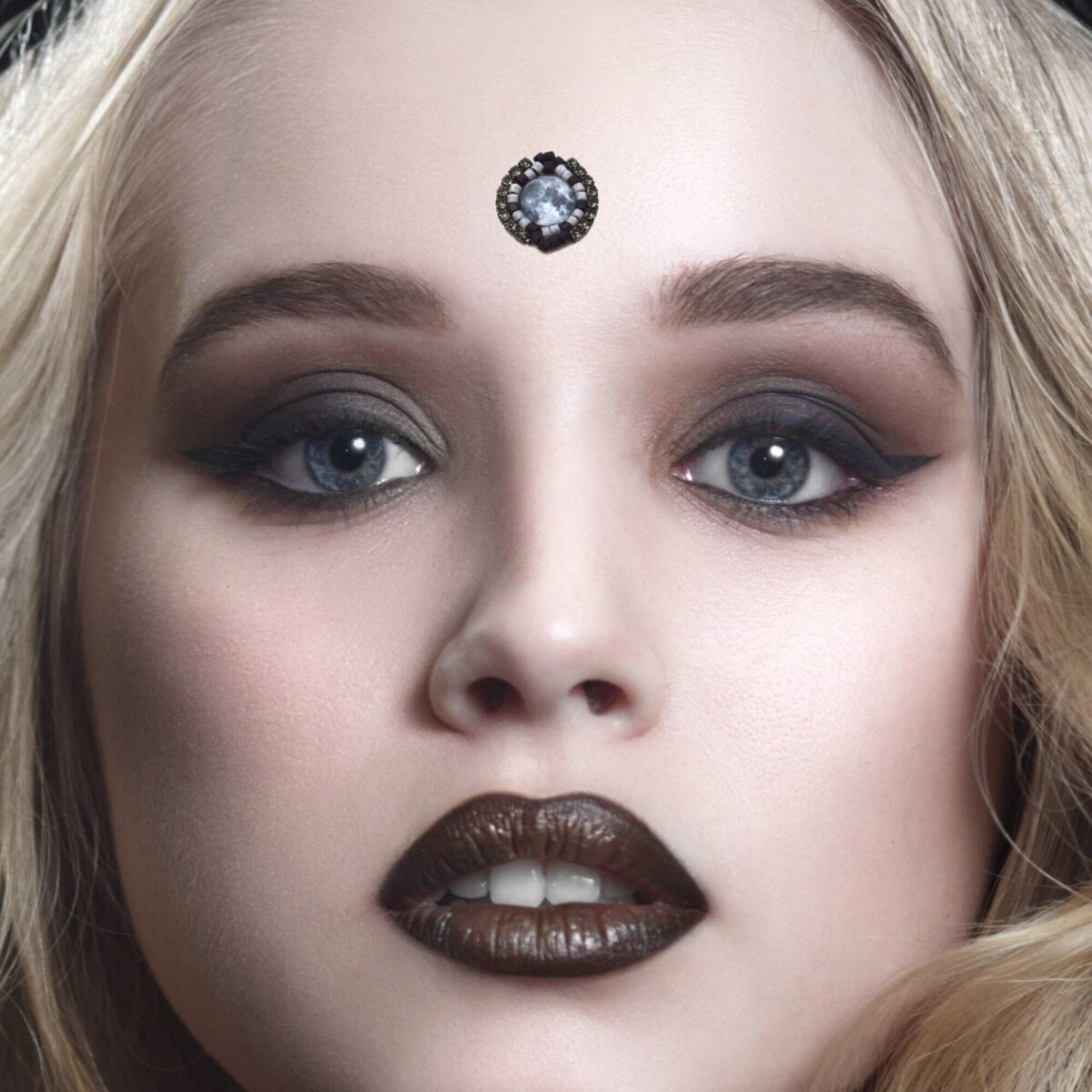
- Designer Motifs: These bindis go beyond simple geometric shapes to include intricate motifs like paisley, miniature flowers, or abstract swirls. They provide a highly customized appearance, allowing the wearer to treat the bindi as a miniature piece of jewelery art.
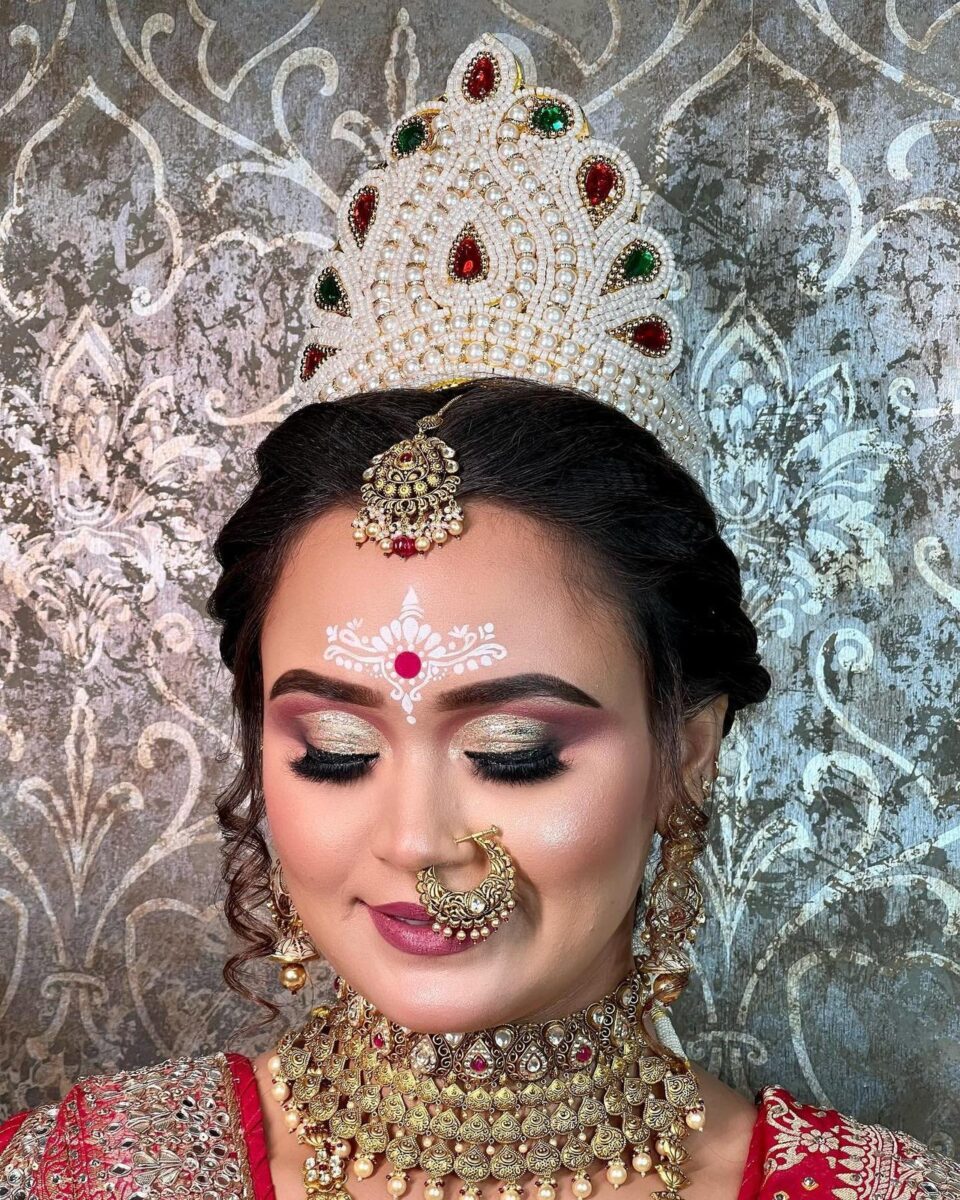
The Art of Festive Styling
Choosing the right bindi is a strategic decision that depends on facial symmetry, color palette of the outfit and the required grandeur of the festival.
Matching the Bindi to Your Face Shape
The right bindi can enhance and balance the natural features of one’s face.
- Round face: If your face is soft and round, the goal is to create the illusion of length. Avoid large circular dots, as they can emphasize roundness. Instead opt for long, vertical, or extended (teardrop) shapes that draw the eye upward and help slim the face.
- Square face: With a strong jaw and defined angles, the focus is on softening the features. Choose a round, circular or oval shaped bindi. Avoid sharp, geometric shapes that may accentuate angles.
- Heart-shaped face: This face shape, characterized by a broad forehead and narrow chin, is best complemented by a small, delicate rounded bindi or thin, elegant designs that will not overpower the delicate lower face. Avoid large, wide brims, which can make the forehead appear broad.
- Oval face: Considered the most versatile shape, almost any bindi design can be applied to the oval face – from classic rounds to embellished, layered pieces. Medium sized bindis generally work best to maintain the natural beauty of the face.
Color and Outfit Coordination
The bindi should coordinate with the wearer’s attire and accessories to create a harmonious festive look.
- Complementary coordination: The easiest way is to choose a bindi color that matches the secondary color or accent of the outfit – for example, a gold bindi with a saree with gold zari work, or a green bindi matching emerald jewellery.
- Contrasting Statement: For a bold, modern look, choose a bindi in a color that contrasts sharply with the outfit, like a deep maroon bindi against a deep white or royal blue lehenga.
- Grandeur vs Simplicity: For heavily embroidered or stone studded attire, a bindi with the same level of embellishment is essential to maintain its hold. Conversely, if the outfit is simple, a slightly more embellished bindi can become the primary focal point of the look.
- Jewelery Link: The material of the bindi (gold stones, silver accents, pearl embellishments) should ideally match the dominant metal or stones of the necklace and earrings for a polished finish.
Application and Maintenance Tips
For a long festival day or night, it is essential to ensure that the bindi remains in the right place.
- Clean surface is important: Always apply bindi on clean, dry skin. Oil, lotion, or heavy makeup residue will prevent proper adhesion. It is advisable to wipe the face immediately with an oil-free towel.
- Precise Placement: Gently peel the adhesive bindi from the plastic backing, avoiding touching the glue. Place it exactly in the center of the forehead, then press firmly for several seconds to secure it.
- Revitalizing Adhesion: High quality bindis are often reusable. If the adhesive wears off, a small, carefully applied drop of eyelash glue on the back can restore its stickiness without damaging the skin.
- Gentle Removal: To remove the bindi, peel it gently from one edge. Lay it flat on its original backing sheet or piece of plastic to maintain its shape and avoid damaging the delicate embellishments.
Bindi is a microcosm of Indian heritage – small in size, but huge in cultural and personal meaning. During festivals, it serves as a visual culmination of history, faith and artistry, allowing every woman to celebrate with both intense devotion and impeccable style.

